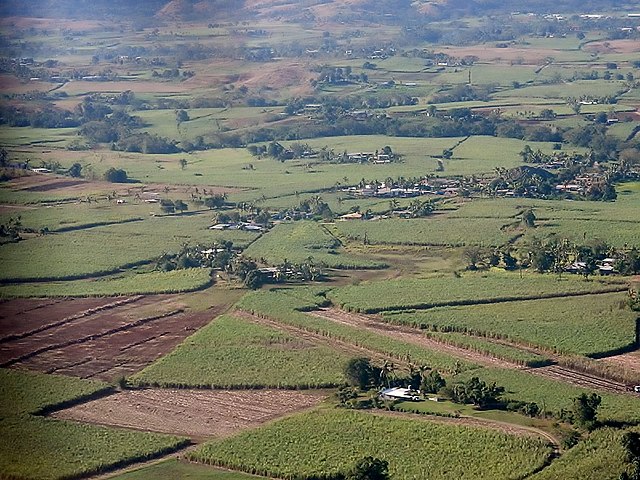The government aims to reduce food prices in Fiji, following the cooling of food inflation between August and September 2024.
According to the Ministry of Agriculture on October 18, 2024, the process will begin by scaling up small-scale farming.
Second to this will be to prioritize food “affordability” as a major intervention for food security and nutrition purposes.
To this end, the Deputy Secretary at the Ag ministry Tekini Nakidakida linked the resource-filled agriculture sector with rural poverty eradication.
Food Inflation Downward
There are already a few steps that the country has made towards poverty eradication, one of which being fighting inflation.
Although annual food inflation in Fiji increased by 7.50% in September 2024, it has lately been easing month-on-month.
Notably, of late the rate has been trending below the peak in November 2023 of 12% and April 2024’s 12.2%.
While still above the year’s lowest rate of 3.4% in January 2024, Fiji’s food inflation has fallen to 9.6% in August and 7.5% in September.
Who Controls Food Prices in Fiji?
Depending on the prevailing inflation conditions, the Fijian Competition & Consumer Commission (FCCC) has the mandate to fix maximum food prices.
FCCC also controls spot sales when they exceed market rates. In September 26 2024, for instance, the agency notified profiteering ghee retailers who were taking advantage of the oncoming Diwali season. In such situations, the government usually requires traders to account for the rises based on their production costs and import expense.
FCCC also gives allowances between rural and urban areas depending on the supply flow on either place. For instance, while 25 kg salt cost 22.12 Fiji dollars ($9.77) in urban centers, it cost 23.33 Fiji dollars ($10.31) in rural areas.
So, as the Ministry of Agriculture promises to decrease food prices in Fiji, inflation is also easing in the Oceania nation. And as the following data details, Fijians usually enjoy some of the mid-range food prices in the world.
Fiji Food Price Statistics
Fiji is an island archipelago in the Oceania region on the southeast Pacific. Based on the Food and Agriculture Organization (FAO) food price index comparisons, the country has a relatively affordable diet. With a food price index of 94.463 points in 2017, Fiji ranked 90th among 167 nations by food pricing. Given that the global average in 2017 was 104.971 points, this means that food in Fiji is more affordable than in the average nation. In comparison, South Korea, being the most expensive, has double Fiji’s index at 202.794 points, as of 2017.
How did consumer price index and food inflation change in Fiji through 2023?
Fiji’s consumer price index increased from 117.377 points in June 2023 to 119.35 points in September and 120.323 points in October, per FAOSTAT. This was even as food inflation fluctuated from 9.026% in June 2023 to 8.352% in September and 8.62% in October 2023.
What percentage of people in Fiji access good nutrition?
Around 41% of Fijians have access to a healthy diet while 59% cannot afford one, based on 2022 data. In comparison, 96.8% of people in nearby Australia afford a healthy diet as only 3.2% cannot afford one, as of 2022. In total, around 3 billion people in the world could not maintain good nutrition due to cost in 2022.
